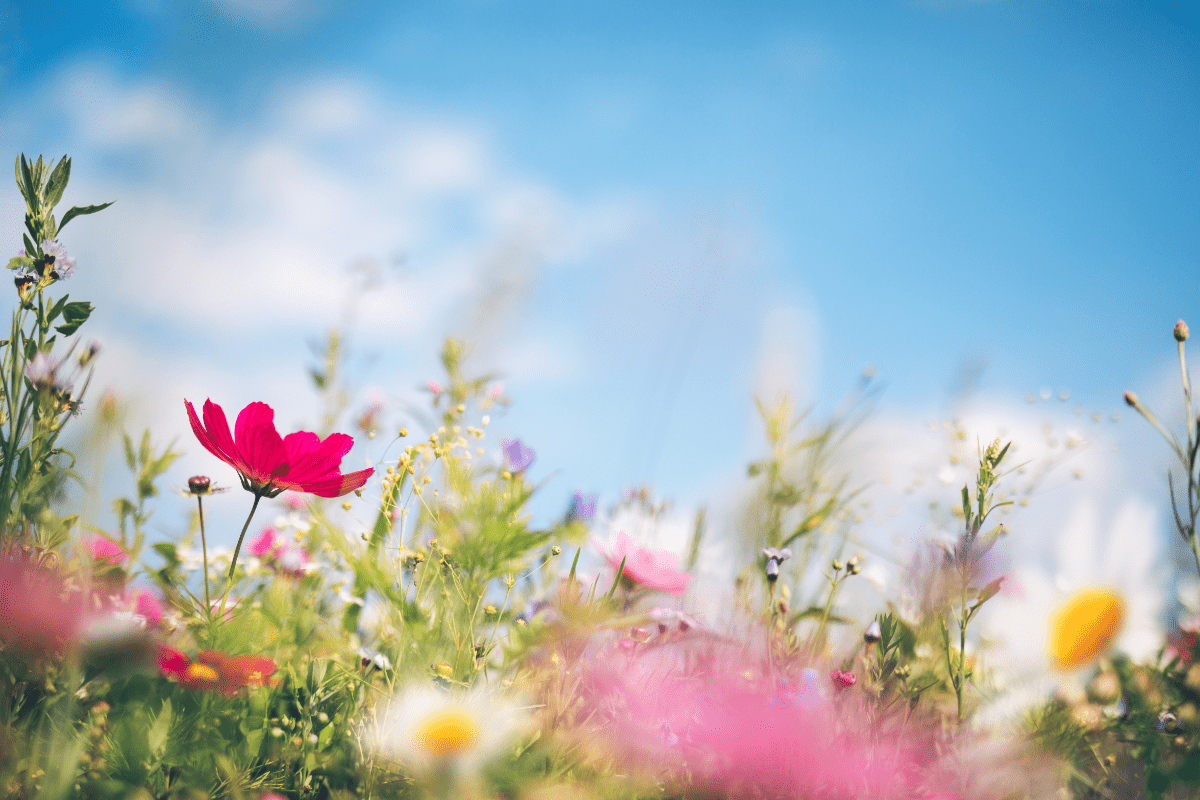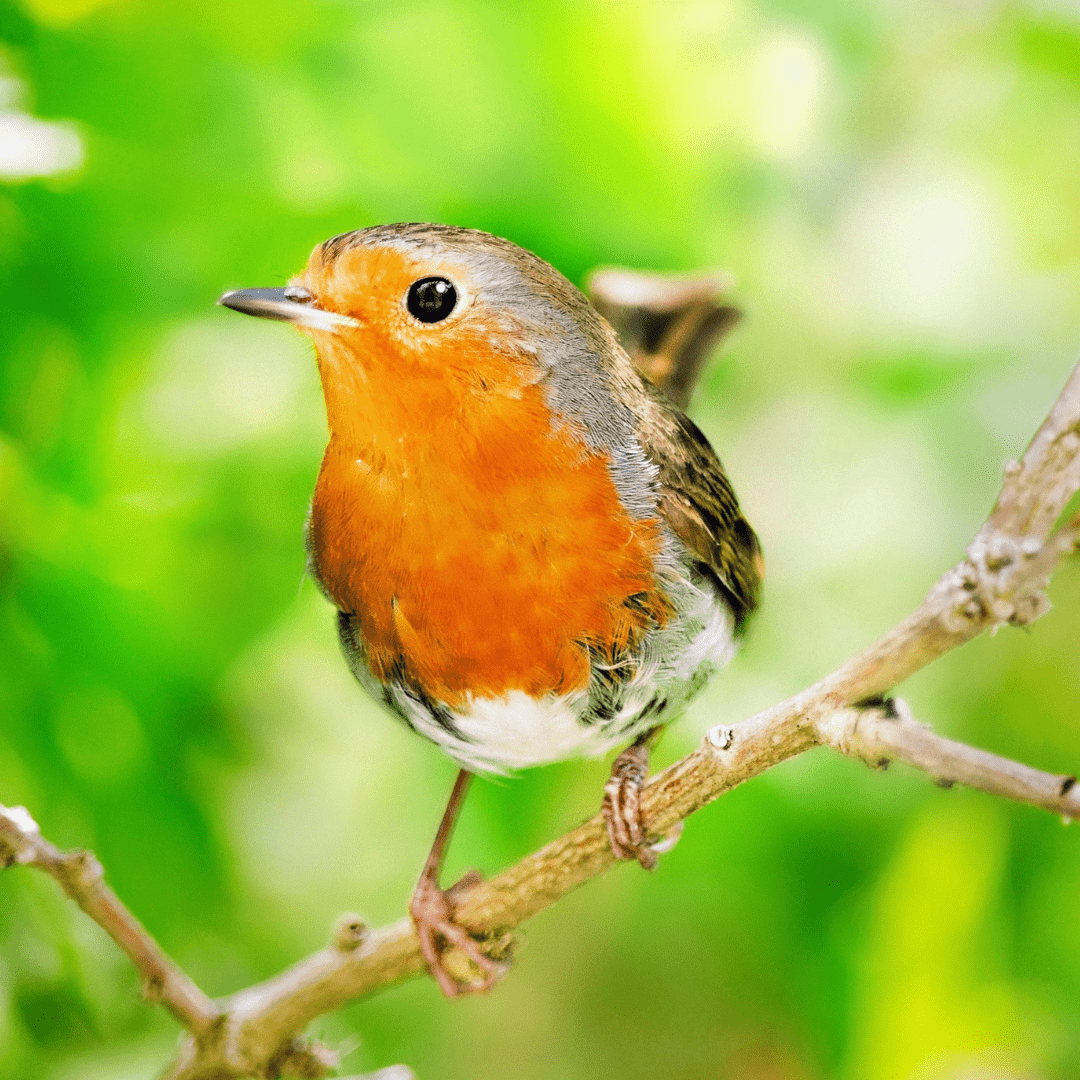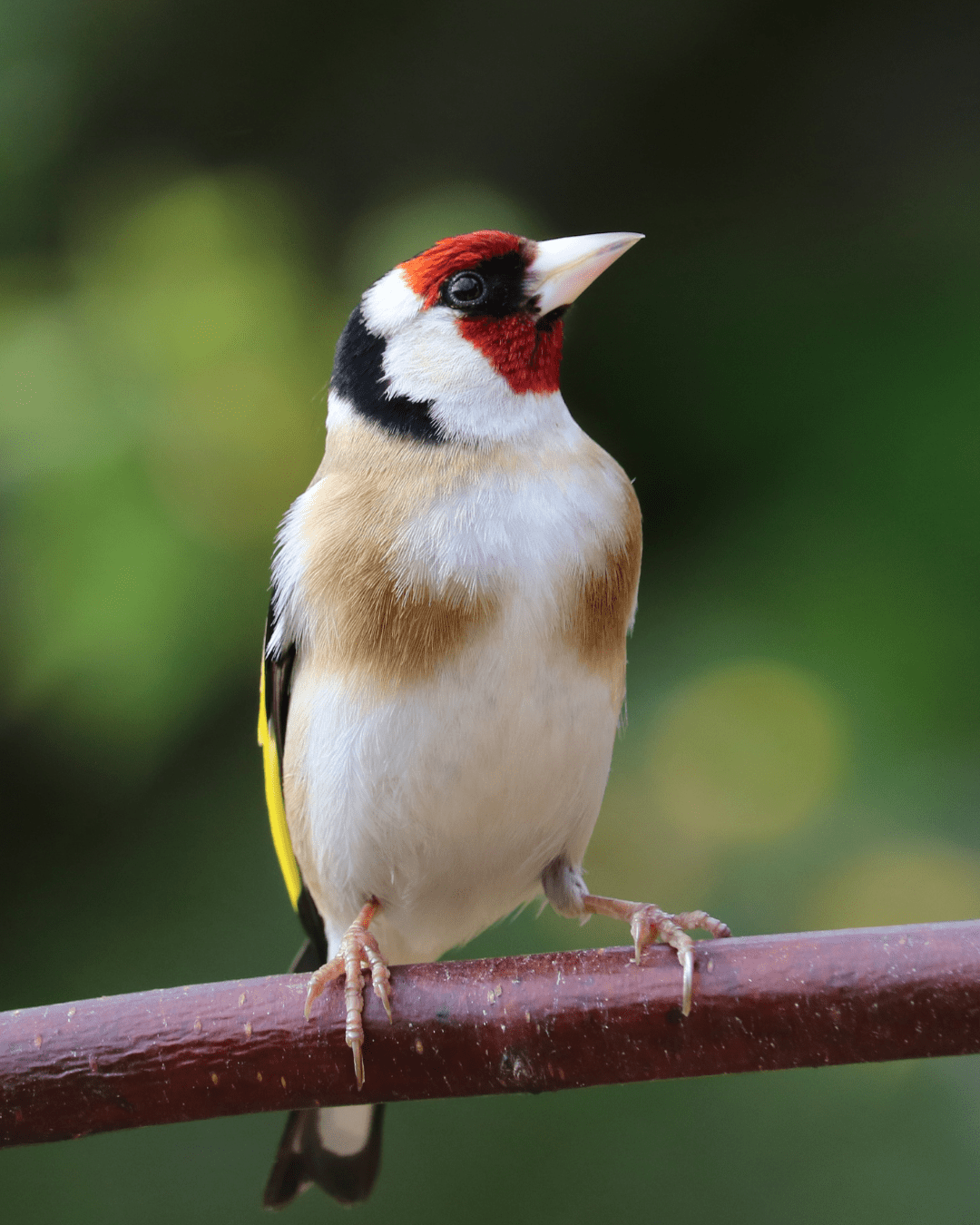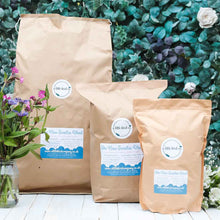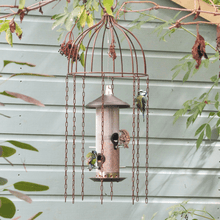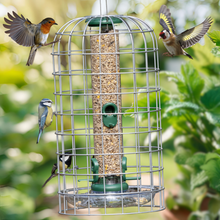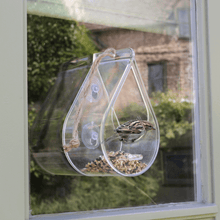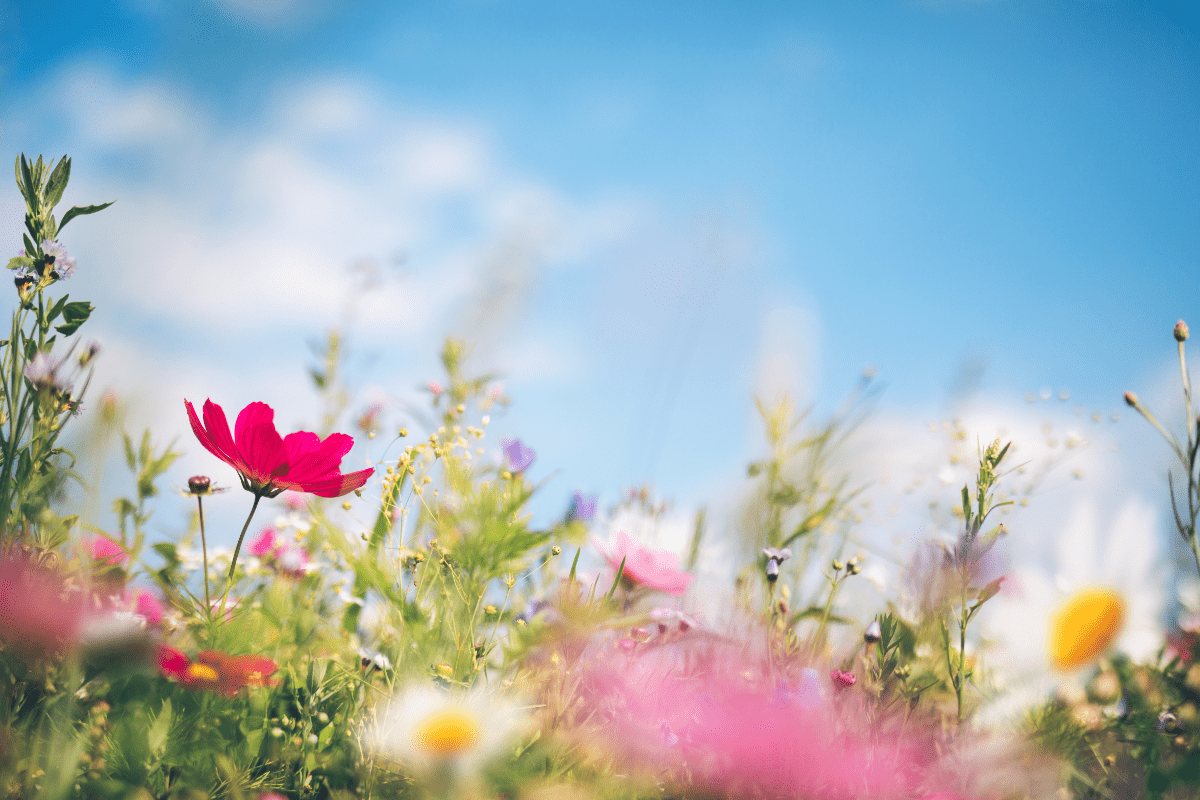Nesting Season: How do birds build their nests?

Nests play a vital role in the lives of birds, serving as way more than just shelter. Although some nests look like a haphazard collection of sticks, leaves and feathers (I’m looking at you, pigeons), they can actually be incredibly complex and are carefully built to suit the birds’ needs and behaviours.
A nest allows a pair of birds to keep their eggs in one place, and to maintain a consistent temperature when incubating their young. The act of building the nest often forms part of the birds’ courtship ritual, and the natural materials used allow birds to camouflage their fledglings, making them less susceptible to attacks from predators. Different species have adapted to build their nests in different locations and using different materials depending on their needs.
Ground Nesting Birds
Ground-nesting birds, such as the dunnock, and wren, opt for nests nestled amidst the undergrowth or tucked away within shrubs and hedgerows. These birds face the challenge of vulnerability to predators and environmental factors, but they benefit from the camouflage provided by their surroundings. The robin, with its cup-shaped nest of twigs and moss, showcases this strategy, blending seamlessly into its woodland habitat while providing a cosy home for its young. Robins are opportunistic nesters, and are known to take advantage of manmade structures, choosing to construct their nests under window ledges, within unused flowerpots, watering cans or garden ornaments, in wheelie bins or hose reels, and even nestled amidst the tangled wires of outdoor lights. In rural settings, robins seek out the shelter of farm machinery, tractors, wheelbarrows and stacks of firewood for nesting.
Cavity-Nesting Birds
Cavity-nesting birds, like the woodpecker, nuthatch and tree sparrow, seek refuge within the safety of tree hollows or man- made structures. These birds face a different set of challenges, including competition for limited nesting sites and the risk posed by opportunistic predators. However, their unique adaptations allow them to thrive in these specialised habitats. The nuthatch, with its remarkable ability to climb headfirst down tree trunks, constructs its nest within crevices or abandoned woodpecker holes, while the tree sparrow uses nest boxes and old buildings as makeshift homes. Woodpeckers are one of our most well-known cavity nesters, and choose to excavate holes in live or dead trees, sometimes in the branches and boughs and sometimes within the trunk itself. The thick walls of the tree provide insulation, keeping chicks warm and dry, and the cavities also act as natural amplifiers, enhancing the resonance and volume of the woodpecker’s taps as they communicate or defend their territory. No actual nest is built within the cavity, and the woodpecker has adapted to cavity-dwelling life by producing white or cream eggs with thick shells, making the birds less likely to squash them in the darkness of their cavity home.
Tree Nesting Birds
Tree dwelling birds, including tits and finches, use a variety of nest designs, ranging from cup-shaped to intricately woven structures. Cup-shaped nests, like those built by the blue tit, are typically constructed from a combination of materials such as moss, feathers, and fine twigs. These nests are delicately woven together and lined with soft materials to provide warmth and comfort for the eggs and chicks. The goldfinch, takes a middle ground between cup-shaped nests and cavity nests, often constructing intricately woven structures suspended from tree branches. These nests are crafted from plant fibres, grasses, and feathers, intricately woven together to form a sturdy yet flexible structure that can accommodate the growing brood. The adaptability of these birds in choosing nesting sites within the tree canopy is key to their nesting success. They carefully assess factors such as tree species, height, and proximity to food sources and water sources to make sure they stand the best chance of survival for their chicks. Tree habitats provide essential resources for nesting birds, offering abundant food, shelter, and protection from predators. Heron nests, often referred to as “heronries,” are large and conspicuous structures built in colonies by various species of herons and egrets. Located in tall trees near water bodies such as lakes, rivers, and wetlands, heronries are bustling breeding grounds during the nesting season. Constructed from sticks, twigs, and other plant material, heron nests are typically situated high above the ground to minimise the risk of predation and disturbance. These communal nesting sites can host dozens to hundreds of nests, with each pair of birds fiercely defending their territory and offspring. The communal nature of heronries provides safety in numbers, with adults working together to protect the colony from predators and intruders.
Constructions Skills
Certain bird species are renowned for their remarkable construction skills, showcasing intricate weaving techniques and meticulous craftsmanship. The long-tailed tit creates exquisite spherical nests, meticulously woven from moss, lichen, feathers, and spider silk. These delicate structures are ingeniously crafted to expand, accommodating a brood that can range from eight to twelve chicks. Similarly, the chaffinch shows remarkable skill in nest construction, using a diverse range of materials including grass, roots, and hair, intricately woven together to form a cup- shaped, sturdy and well-insulated nest. While most birds prefer natural materials like downy feathers, twigs and animal fur, some birds make use of manmade materials including string and paper.
Looking further afield, the sociable weaver bird in South Africa creates one of the most complex nest structures, with each one made up of several chambers and housing hundreds of birds. The red oven bird in South America uses mud to build an oven-like home, and the largest ever bald eagle nest was recorded in St Petersburg, Florida, weighing in at 2 tonnes and measuring nearly 3m wide and 6m deep.
Some birds, like pigeons, give less thought to where they nest and how the nest is constructed. Pigeons are descended from the rock dove, a species that evolved to build its nest within a sturdy rockface, and hasn’t quite learned to adapt its construction skills to suit the less stable foundations available in urban environments. Pigeons build flat, messy nests using whatever they can find (see above) in trees, shrubs or on the ground, and the eggs often sadly roll out or get eaten by predators. This low survival rate is probably why pigeons are one of our only species to breed all year round.
Nesting Behaviours
In many bird species, nest-building is a cooperative effort between males and females. While females typically take the lead in constructing the nest, males often assist by gathering materials or providing additional insulation. Once the nest is complete, both parents often share incubation duties, taking turns to keep the eggs warm and protected from the elements. Despite their dedication, nesting birds face plenty of challenges in their quest to raise a successful brood. Attacks by predators such as cats, foxes, and birds of prey require parents to remain vigilant and defensive. Competition for limited resources, including food and nesting sites, further complicates the nesting process, forcing birds to adapt and innovate to ensure their survival. Some species, like the blackbird, build their nests in dense vegetation to conceal them from predators, while others, such as the house sparrow, use communal nesting sites to enhance protection and security. Nests are breeding ground for lice, which live on feather debris, so birds have adapted to keep their homes clean. They may incorporate aromatic plants into their nests, such as lavender or mint, which have natural insect- repelling properties. They also remove waste from the nest regularly and coat the inside of the nest with preen oil (a mixture of waxes and fatty acids secreted by the bird) as an antibacterial and waterproofing solution.
How Can We Help?
Nest boxes can play a crucial role in supporting bird populations by mimicking natural nesting sites and providing additional habitats for cavity-nesting bird species. Nest boxes provide a safe and secure environment for birds to breed and raise their young, reducing the risk of predation and competition. They offer a simple yet effective way for us to support bird conservation efforts and create welcoming habitats for our feathered friends. You can view our range of nest boxes here.
Now is the perfect time of year to look out for a nest, either in the garden or on a walk - I would love to see a photo of any you spot!


